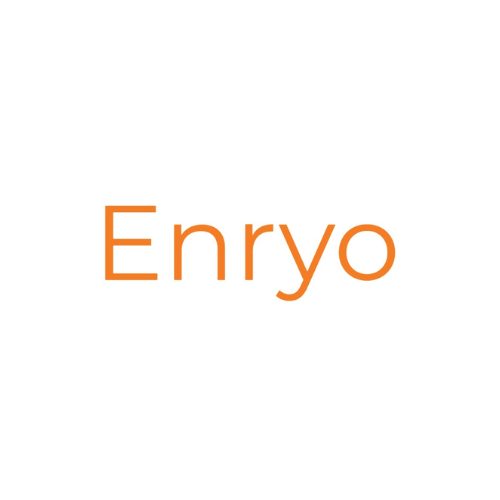Source: Cointelegraph
Five patterns that recur in retail central bank digital currency (CBDC) designs were identified in a new Bank of Canada staff analytic note. The research focused on information organization and compared software rather than real or proposed CBDCs, and it examined the practical implications of its findings for retail payment systems.
The author, Sriram Darbha, called the patterns he identified “archetypes.” They were characterized by how the CBDC’s state — information about its supply and ownership — was maintained and how it was updated. Those characteristics have implications for both bank policy and hardware, according to Darbha. He said:
“After studying a variety of CBDC system designs, we believe it is useful to organize the possible CBDC designs according to a few archetypes that are independent of vendor, platform and technology.”
Some of the archetypes had relatively transparent names — the centralized and leaderless archetypes reflect basic notions of the blockchain. The macro-partitioned, micro-partitioned and direct archetypes depend critically on the concept of portioned entities, which are updated separately.
The archetypes are ranked by eight criteria, with centralized topping the rankings and direct coming in last. Privacy was the most problematic criterion, one for which only the direct archetype received high score.

Darbha stated that the archetypes enable central banks to express their policy goals and “focus their efforts on classes of systems that fit those archetypes.” The rankings pointed to areas for future research, and the paper’s findings had theoretical implications for “the representation of money and the structure of state.”































































